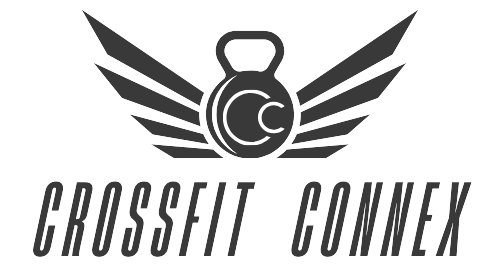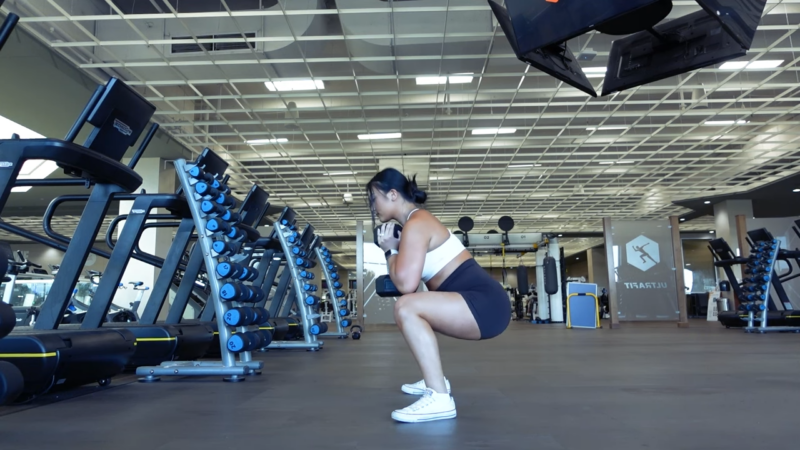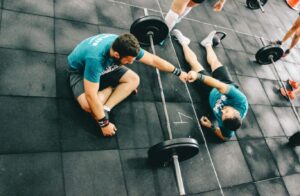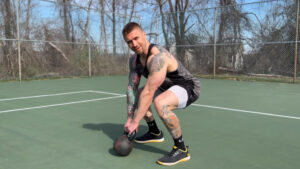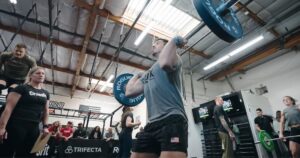The goblet squat is an exercise that effectively targets nearly all the muscles in your lower body, including your quadriceps (commonly referred to as quads), calves, glutes, and hamstrings. Interestingly, this particular squat variation engages your quadriceps slightly more compared to the traditional back squat. I wanted to tell you about my experience trying goblet squats over the past few months.
I hope you’ll consider adding goblet squats to your own routine. Don’t be afraid to start light as you learn the movement. Stick with it and I know you’ll be impressed by the results. If you ask yourselves how let me tell you my experience!
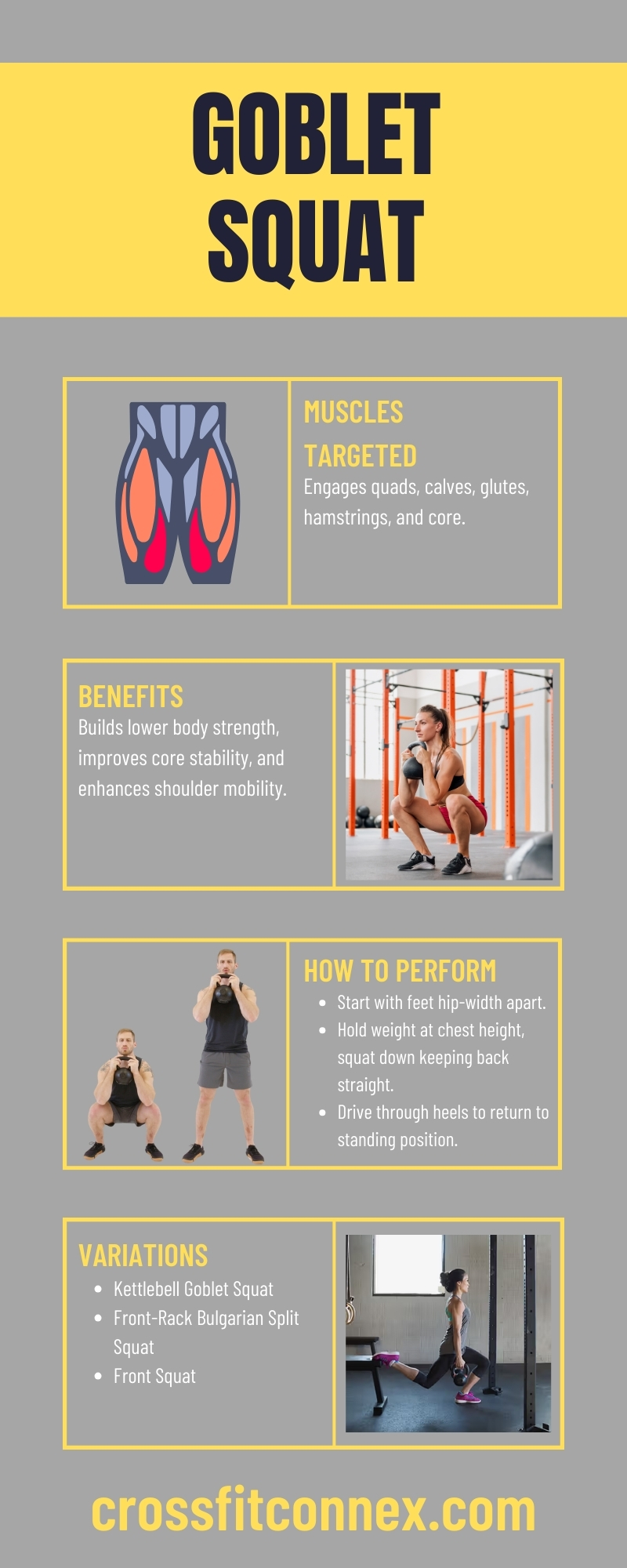
Many of us have different fitness levels. For beginners and movement prep series, the goblet squat is one of the best ways to pattern a strong squat. Movements like counterbalance goblet squats and paused goblet squats provide us with great benefits that transition well to complex movements like barbell squats, snatches, cleans, etc.
That’s how you will increase systemic muscle growth, however, it cannot produce enough training stimulus for most lifters, therefore the barbell squat (and its variations) likely reign supreme in this category.
I first heard about goblet squats from my buddy Steve. He was telling me how they work your whole lower body – quads, hams, glutes, and calves. Plus you get a bit of a shoulder and core workout from holding the weight out in front of you. That sounded pretty good since I was looking to build up my legs.
“Goblet squats are an excellent exercise to build full lower body strength. They engage your glutes, hamstrings, quads and calves while challenging your core stability and shoulder mobility.” – Bret Contreras, PhD, CSCS*, performance enhancement specialist.
How to Perform a Goblet Squat in 3 Steps
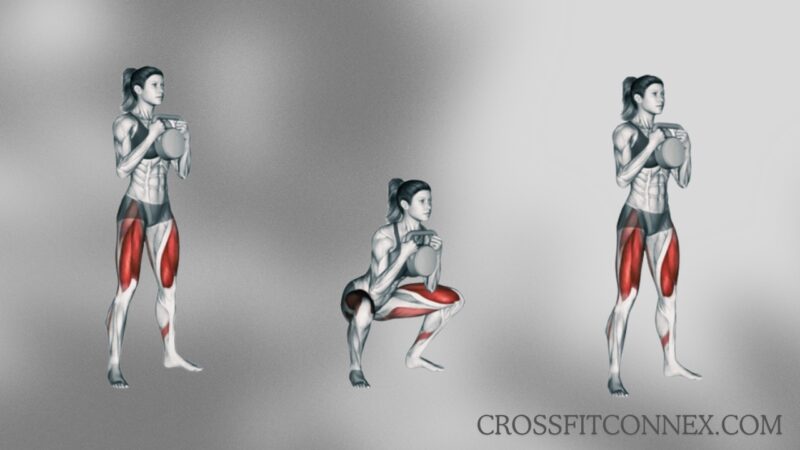
- Starting position: Stand with your feet hip or shoulder-width apart, toes pointed straight ahead. Tighten your abs and hold the kettlebell at chest height by holding the sides of the handle. Pull the kettlebell close to your body and squeeze your shoulder blades together.
- Sit your hips back and bend your knees to lower yourself into a squat. Keep the chest up as you squat and squat as low as you can while keeping your back straight (when your back starts to round, that’s too low).
- Drive through the feet as you stand and squeeze your glutes as you return to a tall standing position.
At first, I just used a 10-pound dumbbell to get the form down. It’s important to focus on keeping your back straight, chest up, and lowering down like you’re sitting in a chair. Go as low as you comfortably can while maintaining good form. I did a few sets of 15 reps for a couple of weeks.
After that, I bumped into a 20-pound kettlebell. Man, I really felt it then! My legs were jello after just one set. But I stuck with it and soon the weight felt easier. That’s when I knew I was gaining strength. Some folks say goblet squats don’t work as well as back squats, but I was seeing and feeling a difference in my quads, glutes, and hams.
Reminder to DO YOUR GOBLET SQUATS – 68kg x 8
byu/mainstreetstrength inkettlebell
I’ve read that it’s okay to do goblet squats every day as long as you use a weight you can handle. So on my off days from heavy lifting, I’ll throw in a quick set with my 20-pounder. It’s a nice little pump and helps me keep my squat strength up. Those daily mini-workouts really seem to be paying off – my pants are fitting looser in the thighs!
One downside I’ve found is that holding the weight limits how heavy I can go. But that’s okay since my main goals are muscle tone and definition. If you want to build serious lower body size and strength, back squats with a barbell are probably better. But for an easy, effective exercise I can do anywhere, goblet squats can’t be beaten!
I’ve been incorporating the hip abduction machine into my routine to target my outer thighs and hips more directly. It complements the goblet squats nicely and adds variety to my leg workouts.
“Goblet squats are great for beginners because they allow you to focus on form without worrying about balancing a barbell. The weight placement also challenges your core more than a back squat.” – Stephanie Mansour, GTG certified trainer.
Goblet Squat Variations
There’s more than one way to goblet squat.
Kettlebell Goblet Squat
This is the same move as the dumbbell goblet squat, except — as you probably guessed — you’ll be using a kettlebell. Some athletes hold the bell around the horns. Others prefer to “cup” it around the body of the bell itself.
Carefully place your back foot laces down on top of the box or bench. Perform a split squat with your rear foot elevated. Maintain that goblet squat hold on your weight. Keep the reps even on both sides.
Front-Rack Bulgarian Split Squat
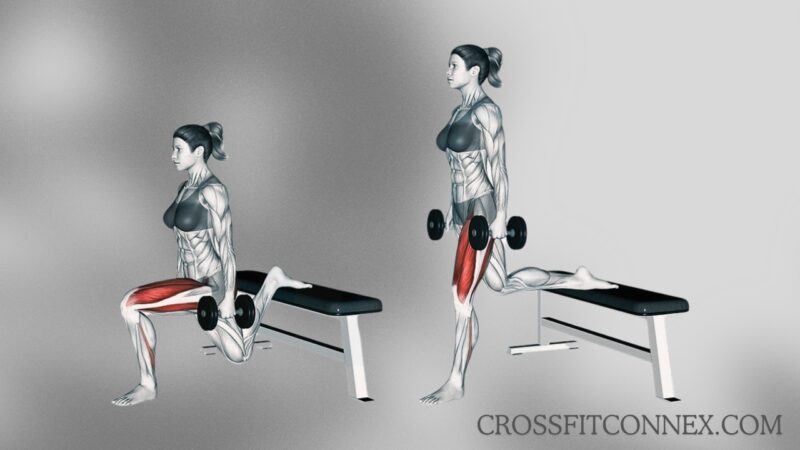
This variation will essentially have you performing a Bulgarian split squat while holding a dumbbell or kettlebell in the goblet squat position. Set the weight up just as you would for a goblet squat but stand a foot or two in front of a weight bench or plyo box.
Front Squat
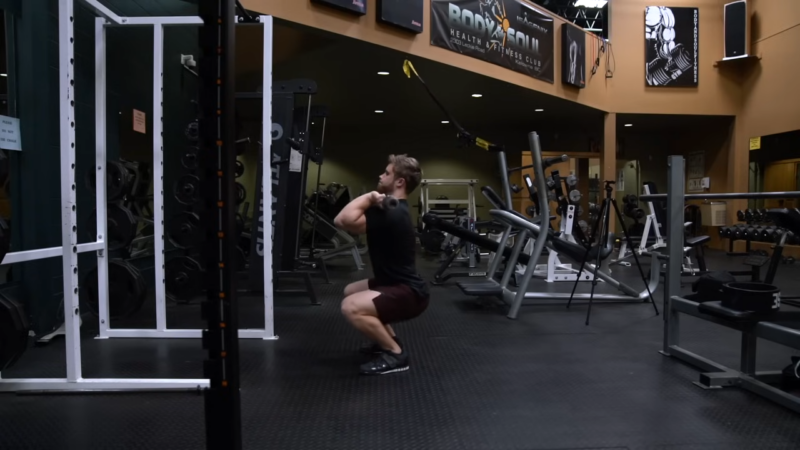
A front squat is almost like a goblet squat, except it’s with a barbell. Because the two pieces of equipment have such a different shape, your form will also be slightly different. With a front squat, you will generally rest the bar on your delts with your elbows pointing up and away from you.
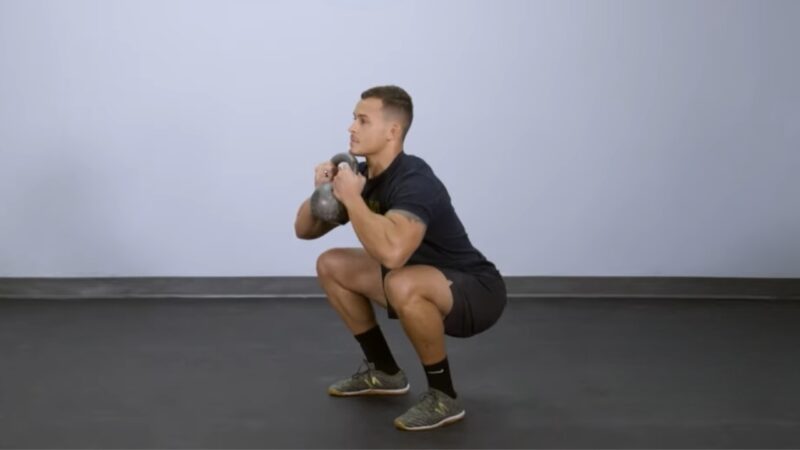
A lot of beginners seem to really like goblet squats as an option for building their legs. One reason is that they’re pretty versatile – you can modify them to target your quads more or work on your mobility. This makes them a good choice for people who play sports or just want a well-rounded workout.
I know accessibility is a big deal for a lot of folks. Not everyone has space for a full squat rack at home. But you can do goblet squats anywhere as long as you have a kettlebell or dumbbell. A few of my buddies have said this makes them a great exercise for home workouts.
Some others I’ve talked to use goblet squats for conditioning. They’ll do a circuit with other bodyweight moves to get their heart rate up. A few martial artists in my class also mentioned using them to improve their lung capacity and upper body strength, which helps in their sport. So I think their versatility is a big plus.
When it comes to building upper body strength for CrossFit, presses are highly effective. Incorporating overhead presses or bench presses into your routine can target key muscles and improve overall performance in CrossFit workouts.
That said, there is a learning curve. When I first started, I struggled to keep the weight stable in front of me. It took some practice to activate my core properly. A few folks have also mentioned feeling it more in their lower back – so form is key there. I’d suggest starting light and having a friend check your form until you get the movement down.
Overall, I’d recommend giving goblet squats a shot if you’re looking to build overall leg strength. Just focus on technique at first, then slowly increase the challenge over time. You might be surprised by how effective they can be! Let me know if any other questions come up.
